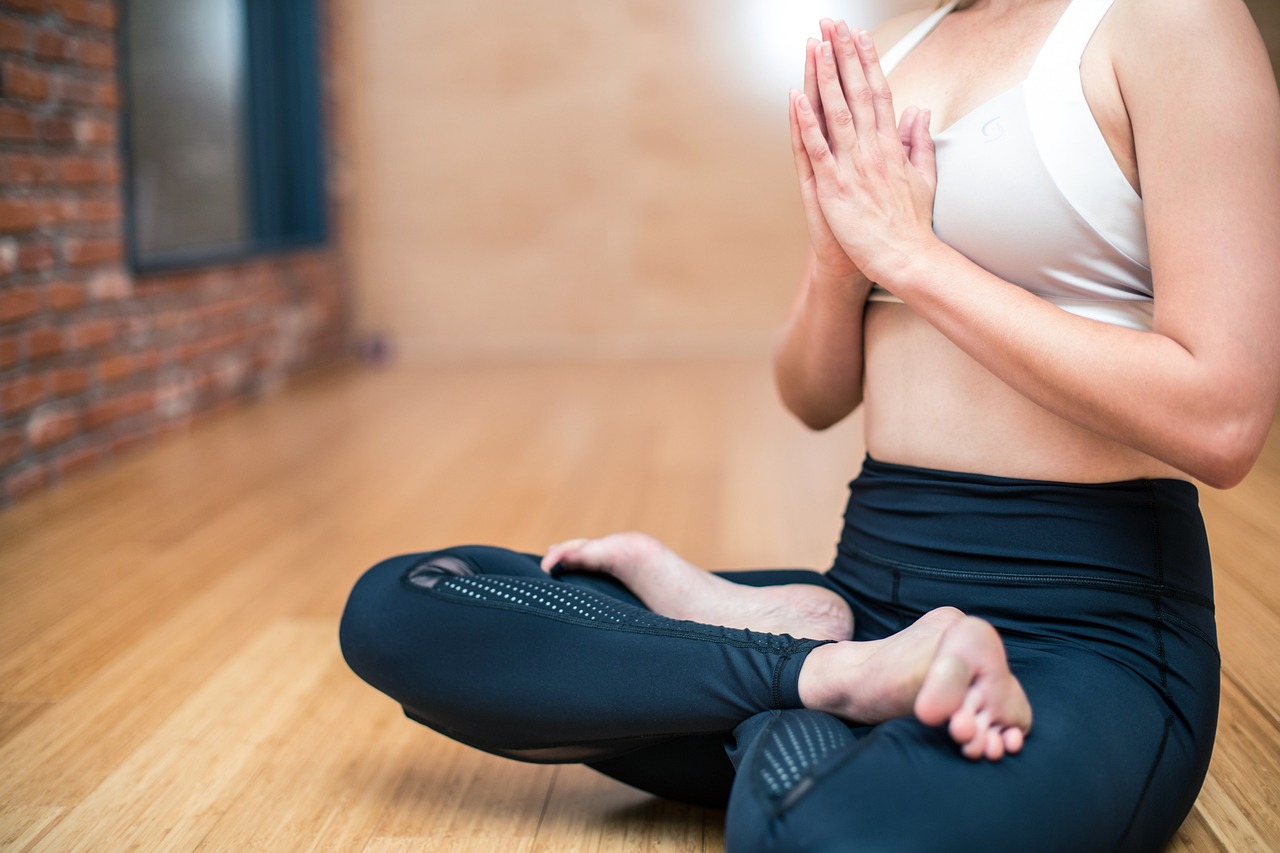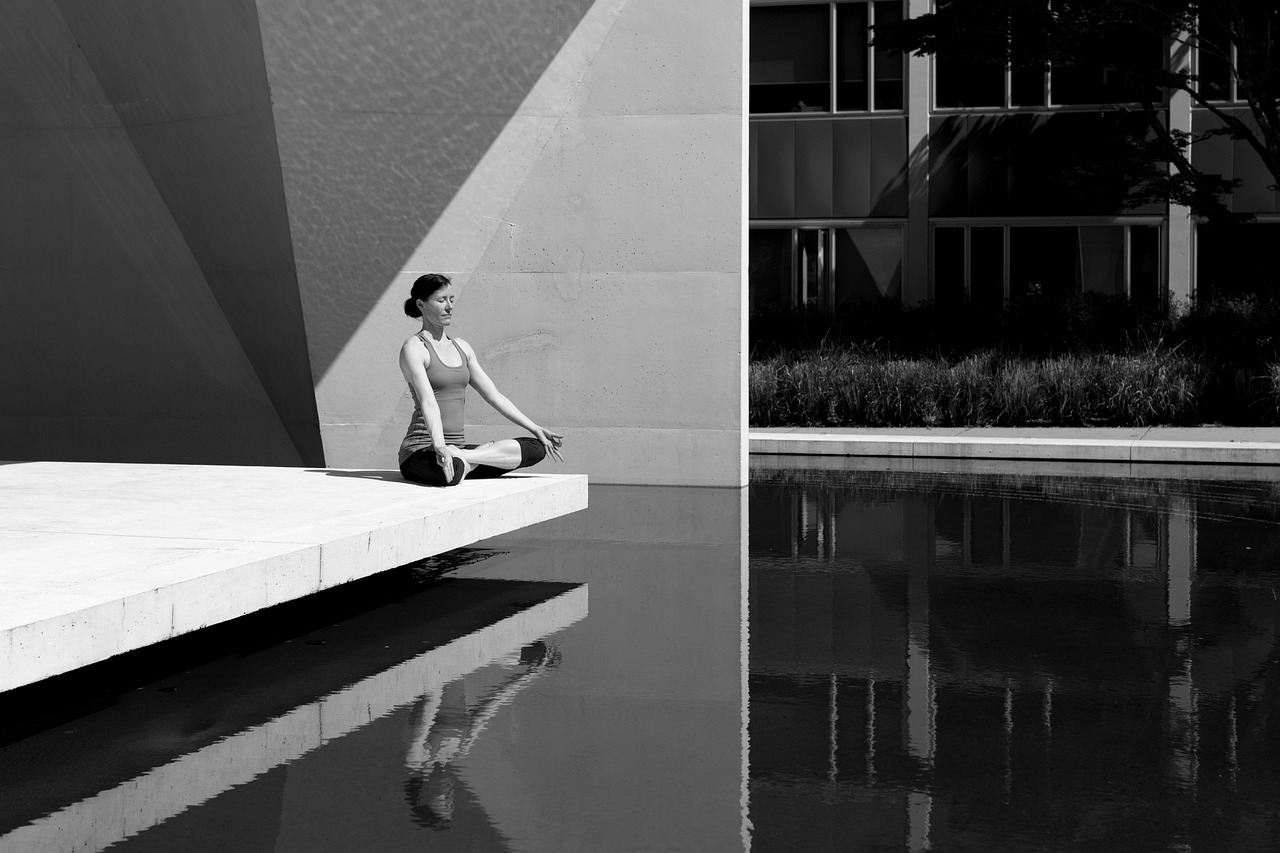In an era where stress levels frequently reach astronomical heights, the importance of creating a serene meditation space at home cannot be overstated.
This article explores the various components involved in designing such a space, including the ideal location, element selection, color and lighting considerations, and the incorporation of sound and aroma.
Furthermore, strategies for the ongoing maintenance of this space will be addressed.
Understanding the Importance of a Meditation Space
The significance of a dedicated meditation space lies in its ability to foster a tranquil environment conducive to stress reduction and mental clarity. This distinct area serves as an oasis away from the hustle and bustle of daily life. It is a sanctuary designed to promote relaxation, enhance focus, and aid in the cultivation of mindfulness.
Delving into the benefits of meditation, studies have demonstrated that regular meditation practice can bring about significant improvements in mental health. It has been associated with reduced levels of anxiety and depression, better concentration, and improved feelings of well-being. The significance of space is equally important. A designated meditation space can enhance these benefits by providing a consistent, serene environment that further encourages relaxation and concentration.
The design and characteristics of the space also play vital roles in its function. Factors such as lighting, noise level, and overall ambiance can greatly influence the effectiveness of meditation practices. Therefore, careful consideration must be given to these elements to create a space that truly promotes peace and tranquility.
The exploration continues into the subsequent section, discussing the process of identifying the ideal location within your home for creating this serene space.
Choosing the Ideal Location in Your Home
Selecting an optimal location within one’s residence plays a crucial role in establishing an environment conducive to relaxation and mindfulness practices. Factors such as space limitations and privacy considerations greatly influence this decision-making process. A compact, clutter-free space, irrespective of its size, can be transformed into an ideal meditation area. Space limitations should not be viewed as obstacles but rather as opportunities to cultivate creativity and resourcefulness in utilizing available space effectively.
Privacy considerations are equally, if not more, vital. A space detached from noisy environments and daily distraction, aids in fostering peace and tranquility, ultimately promoting deeper focus and concentration. Ensuring that the chosen location is secluded enough to maintain minimal disturbances can significantly enhance the quality of meditation practices.
The orientation of the space in relation to natural elements, such as sunlight and fresh air, can also impact the overall ambiance. A space that allows natural light and fresh air, can create an environment that is refreshing and invigorating, thus enhancing the overall experience.
Having identified the ideal location, attention can now be focused on selecting the right elements to furnish this meditation space.
Selecting the Right Elements for Your Meditation Space
Careful consideration of appropriate furnishings and elements can significantly enhance the tranquility and effectiveness of a personal mindfulness area. Furniture selection and space personalization play a vital role in shaping the ambience of a space dedicated to meditation.
A comfortable cushion or chair is essential for maintaining a relaxed posture during meditation.
A small table or shelf is useful for placing items such as candles, incense, or a meditation bell.
Wall decorations: Artwork or tapestries with calming designs can enhance the tranquility of the area.
A storage box is a convenient place for storing meditation accessories such as mats, blankets, or books.
These elements, when thoughtfully chosen and arranged, can contribute to a peaceful environment conducive to mindfulness practice.
It is important to remember that each individual may have unique requirements and preferences. Therefore, the process of space personalization should be undertaken with careful attention to one’s specific needs and style.
With the right elements in place, one can now focus on further enhancing the atmosphere of the meditation area. This can be accomplished by incorporating calming colors and lighting, the details of which will be discussed in the next section.
Incorporating Calming Colors and Lighting
The incorporation of soothing hues and appropriate lighting can significantly enhance the tranquility of a personal mindfulness area, facilitating a more effective meditation practice. Color symbolism plays an integral role in creating an environment conducive to relaxation and reflection. For instance, blues and greens, often associated with nature, can create a calming atmosphere, while yellows and oranges may stimulate creativity and positivity.
Mood influences are strongly tied to visual stimuli, particularly color and light. A well-lit room with natural light can stimulate alertness and focus, which are essential for effective mindfulness exercises. Conversely, dimmed or warm lighting can encourage relaxation and introspection, reducing distractions and promoting a sense of peace.
The balance between color and lighting is crucial. It is recommended that the color palette complement the lighting setup to ensure a harmonious atmosphere. The selection should be based on personal comfort and preference, as these are key to maintaining consistent meditation practices.
Innovation in creating such calming environments does not stop at visual aesthetics. The subsequent section explores another sensory aspect that can enhance meditation experiences: the inclusion of sound and aroma.
Sound and Aroma: Enhancing Your Meditation Experience
The integration of auditory and olfactory elements can contribute significantly to the enhancement of a mindfulness exercise, adding depth and richness to the overall experience. Sound Therapy, a technique using music and ambient sounds to stimulate relaxation, can be a vital part of creating an optimal meditation space.
Similarly, Aroma Selection plays an equally important role. Essential oils or incense, chosen for their specific calming properties, can stimulate the olfactory senses and complement the auditory elements to create a harmonious environment.
- Sound Therapy: Utilize soothing music or nature sounds to enhance the auditory experience.
- Aroma Selection: Choose essential oils or incense that have calming properties. Lavender, chamomile, and sandalwood are excellent choices.
- Combination: Integrate the auditory and olfactory elements, ensuring they complement each other to create a tranquil environment.
- Consistency: Maintain consistency in the chosen sounds and aromas to build familiarity, making it easier to enter a meditative state.
The creation of a conducive meditation environment requires careful consideration of both auditory and olfactory elements. In the continued journey of mindfulness, the focus will shift towards maintaining this meditative space over time.
Maintaining Your Meditation Space Over Time
Sustaining an environment conducive to mindfulness exercises necessitates a consistent approach to the selection and use of auditory and olfactory elements over time. Regular space cleansing is integral to maintaining the efficacy of a meditation space. This process involves the systematic purging of negative energies and the introduction of positive vibrations, which can be achieved using various methods such as sound therapy or incense burning.
Seasonal adjustments are equally important in sustaining the quality of the meditation space. These adjustments can be as simple as modifying the color scheme to align with the changing seasons or as complex as rearranging the furniture to optimize the flow of energy throughout the space. Such adjustments help to maintain a dynamic and responsive environment that continues to facilitate mindfulness exercises effectively over prolonged periods.
Tools to Aid Meditation
Incorporating tools and aids can enhance the meditation experience and help overcome obstacles that may arise during practice. Here are some common tools worth considering:
- Cushions – Provide comfort and ideal posture for sitting meditation.
- Timers – Help stick to a chosen meditation duration. Apps with timers and gentle alerts are very useful.
- Incense/essential oils – Create a calming aroma for focus.
- White noise machines – Block out distracting sounds. Nature sounds may be soothing.
- Medical marijuana – In some cases, under proper medical guidance and with a valid permit, marijuana strains with calming properties may aid meditation by reducing anxiety and overthinking. However, marijuana use requires a legal prescription for medical cannabis from a licensed medical practitioner, even for purposes such as meditation.
- Guided meditations – Audio/video resources can guide beginners through the basics.
- Journals – Note thoughts and reflections before/after sessions.
- Crystals, mandalas, etc. – Visual focal points for concentration.
The tools used should align with personal preferences and meditation goals. Over time, as skills improve, reliance on aids often decreases. But they can be especially helpful for starting a consistent practice. A serene space and atmosphere is already conducive for meditation, so tools should enhance, not distract from, the experience.
Conclusion
In conclusion, the creation of a meditation space within one’s dwelling should not be viewed as a frivolous undertaking but rather as a crucial investment in mental well-being.
This sanctuary, much like a tranquil oasis amidst a bustling metropolis, offers a haven for stress alleviation and introspective journeying.
The continuous upkeep of this space mirrors the constant endeavor of sustaining inner tranquility.
A meticulously designed and maintained meditation space thus serves as a veritable lighthouse, guiding the way towards inner peace.


